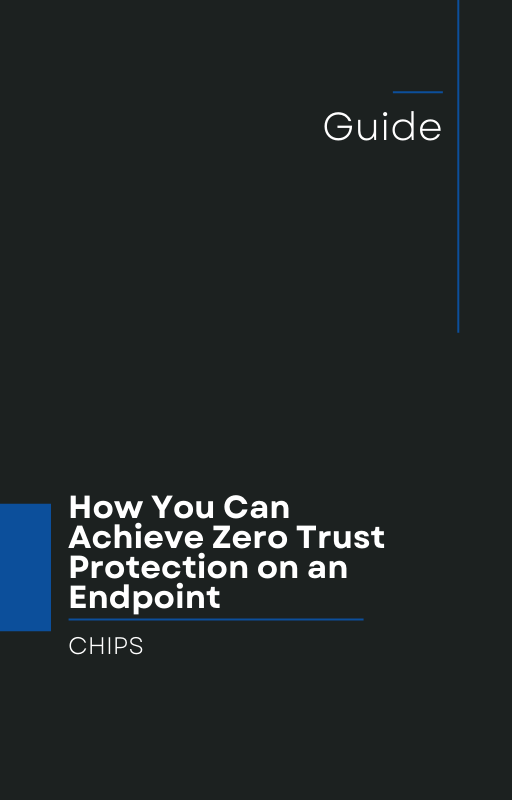A Cautionary Tale: When Patch Gaps Become Crisis
In early July 2025, a critical zero-day vulnerability in Microsoft SharePoint Server was patched, but the fix was incomplete. Released after disclosure at a hacking competition in May, the July 8 patch failed to stop exploitation, leaving organizations worldwide vulnerable (csoonline.com).
Within days, state-linked Chinese threat actors, including Linen Typhoon, Violet Typhoon, and Storm-2603, exploited the flaws, targeting on-premises SharePoint deployments across sectors and nations. Hundreds of organizations, including critical U.S. federal agencies and the National Nuclear Security Administration, were compromised.
The attack, dubbed "ToolShell," abused a chain of vulnerabilities (CVE-2025-49704 and CVE-2025-49706), enabling remote code execution and spoofed authentication. Although Microsoft later released fully patched fixes (CVE-2025-53770 and CVE-2025-53771), thousands of servers remained exposed as attackers quickly bypassed the first patch.
CISA and other agencies issued emergency advisories urging patching, endpoint detection deployment, key rotation, logging, and isolating vulnerable servers from the internet.
What It Means for Modern Businesses
This incident underscores three critical takeaways:
-
Patching Alone Is Not Enough
Partial or rushed patches can create a false sense of security and provide attackers with new opportunities. -
Speed Cuts Both Ways
Threat actors can reverse-engineer patches within hours, turning updates into blueprints for new attacks. -
Legacy Risks Are Real
Many organizations still run on-prem SharePoint for integration or cost reasons, but patching delays and incomplete fixes make these systems easy targets.
The lesson is clear: Detect and Respond is no longer sufficient. Businesses must adopt Isolation and Containment to survive in the modern threat landscape.
Why AppGuard Delivers the Defensive Upgrade
AppGuard is a proven endpoint protection solution with a decade of success. Here is why it matters:
-
Isolation, Not Detection
Instead of waiting to detect threats, AppGuard isolates applications from tampering, preventing exploits from running in the first place. -
Containment of Zero-Days
When unexpected vulnerabilities like ToolShell emerge, AppGuard blocks unauthorized operations, stopping ransomware, lateral movement, or webshell delivery. -
Proven Track Record
With 10 years of field-tested results, AppGuard has consistently shielded enterprises from advanced threats. -
Simple Deployment
AppGuard protects endpoints without the complexity of behavior-based detection, reducing the burden on IT teams.
AppGuard vs ToolShell: A Practical Example
| Threat Phase | What Happened with ToolShell | How AppGuard Helps |
|---|---|---|
| Initial Exploit | Webshell injected via POST to ToolPane.aspx | Blocks unauthorized scripts and injection paths |
| Lateral Movement | Credential theft, WMI, PsExec | Prevents unauthorized execution chains |
| Ransomware Deployment | Warlock/LockBit deployed | Quarantines endpoint activity before encryption |
| Post-Patch Persistence | Attackers remained despite patching | Prevents re-exploit even if patch is delayed |
With AppGuard, the outcome is different. Instead of responding after compromise, attacks are contained and neutralized before they cause damage.
A Call to Action for Business Leaders
The SharePoint patch fiasco is a wake-up call. Detect and Respond strategies leave you one step behind. Isolation and Containment, delivered through AppGuard, keep you ahead.
If you are a business owner who wants to prevent the next zero-day disaster, talk with us at CHIPS. We will show you how AppGuard can stop threats like ToolShell before they start.
Do not wait for your perimeter or your patches to fail. Make containment your defense strategy today.
Like this article? Please share it with others!

September 1, 2025

Comments